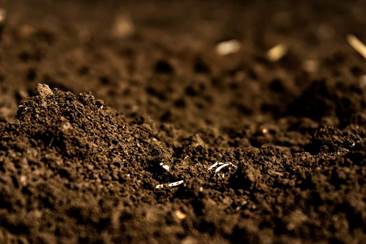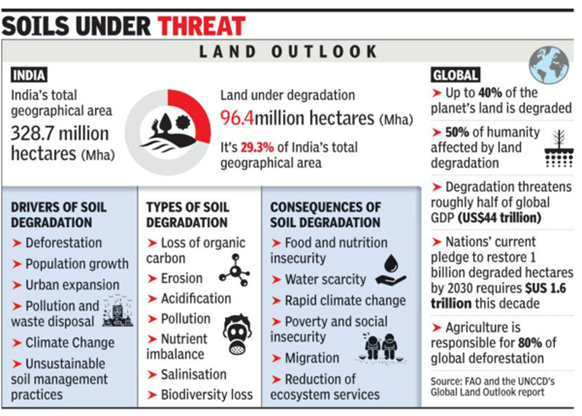Free Courses Sale ends Soon, Get It Now


Free Courses Sale ends Soon, Get It Now



Disclaimer: Copyright infringement not intended.
Context
Background
World Soil Day
What is land degradation/desertification?
Status of land degradation in India
State of India’s Environment 2022 Report
Times of India Report

Implications
Efforts being taken to restore soil
United Nations Convention to Combat Desertification (UNCCD)
.jpg)
ZBNF
National Mission for a Green India (GIM)
Soil Health Card
Integrated Watershed Management
National Afforestation Program
Read: https://www.iasgyan.in/daily-current-affairs/save-soil-movement
© 2024 iasgyan. All right reserved